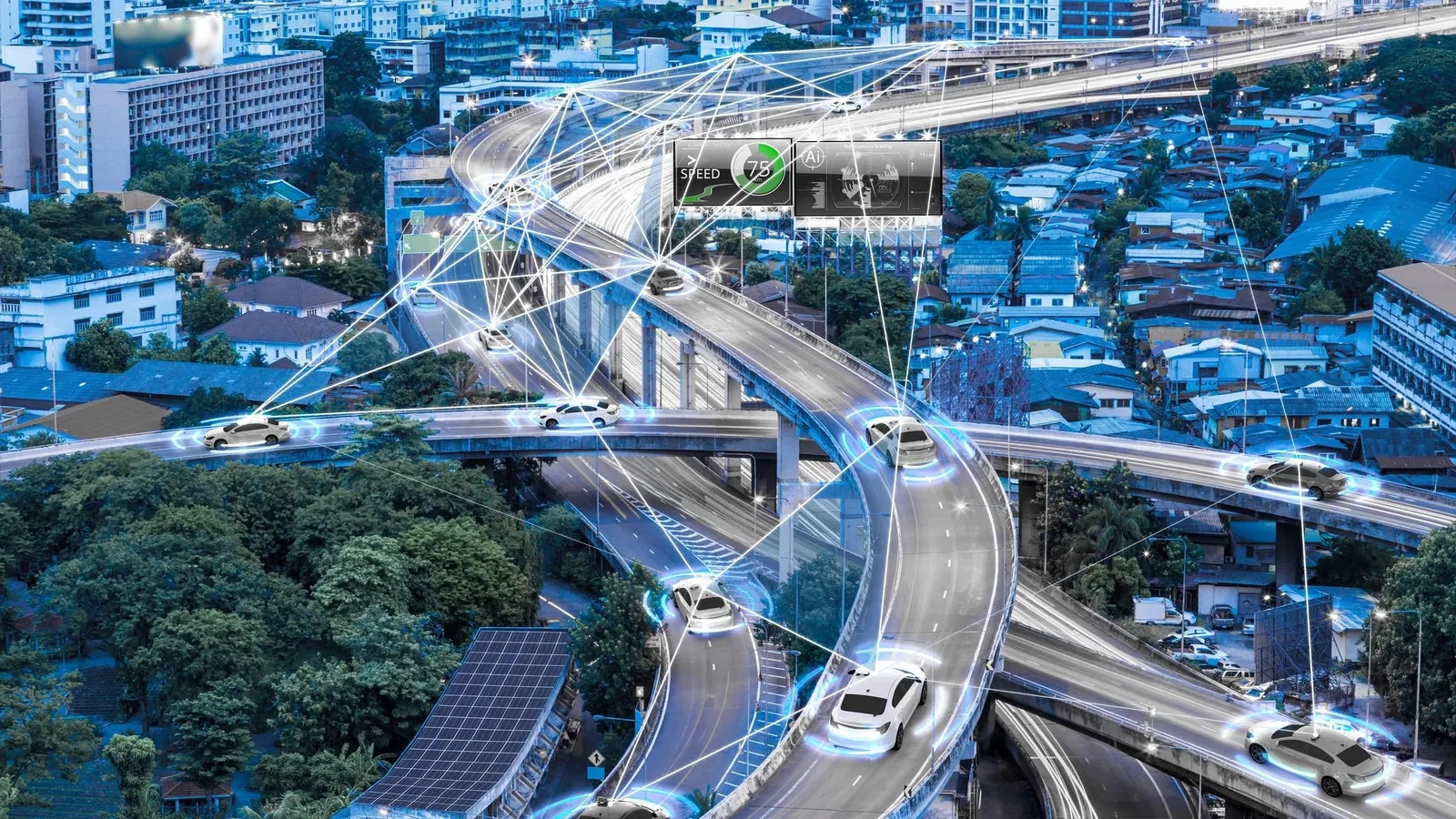Comments
- No comments found

Most businesses rely on transportation networks to function.
Whether those networks are central to how they operate or merely support them by delivering products they need, these tools are the backbone of modern business.
But getting a deeper understanding of how transportation software works and the advantages it can bring has its own benefits. These tools can help you dramatically improve your organization’s efficiency and effectiveness. Unlocking all of that begins with understanding today's transportation software landscape.
There are countless examples of transportation software, from massive tools used by multinational organizations to small boutique software used by a single company. But in most cases, transportation software focuses on tracking and optimizing shipments within a supply chain. That can mean trucks, planes, trains, and more, and may be purely between businesses or involve shipment sent to regular customers.
These tools can automate what used to be manual processes like data input, customer communication like sharing estimated delivery times, and even dispatching. In addition, transportation software can analyze vast quantities of data to make better decisions about how to manage complex supply chains.
Starting with automation, transportation software will connect various systems and transfer data between them automatically. So, for example, it will take real-time GPS data about the location of a truck and factor that in with traffic, weather, and other information in order to calculate a likely arrival time for a shipment. Here, the software will use Machine Learning (ML) algorithms to make more accurate predictions.
In other cases, it may use those predictions to design entire schedules for shipments. The goal behind most of these functions is to enhance efficiency by leveraging large amounts of data to make accurate estimates quickly.

With those basic elements out of the way, let’s explore the three most important functionalities offered by modern transportation software.
Transportation and logistics companies need to know where their drivers and shipments are at all times. This enhances safety by, for example, ensuring drivers don’t operate their vehicles for unsafe periods of time. But it also allows companies to answer customer questions about the location of their shipments. Ideally, that customer interaction can happen directly without the need to involve any employees manually checking information.
All of this knowledge also enables transportation software to create a real-time map of an entire supply chain. It can then use that information to make complex analytical decisions about how to adjust schedules to optimize the system as a whole. For example, the system may calculate that it’s worth allowing several less important items to be delayed in order to expedite the delivery of a more vital item.
Handling customer communication is a difficult and time-intensive role for businesses to support. The training needed for an effective customer-facing role can be extensive. But transportation software can automate a lot of customer communication by using tools like chatbots to answer basic questions like “when will my shipment arrive?”
Transportation software can also help you make sense of customer feedback. Artificial Intelligence (AI) algorithms can analyze vast amounts of text to identify key patterns. Those patterns then help you find the signal in the noise, understanding what’s really driving your customers' behaviors.
Another key role in most transportation companies is that of the dispatcher. By managing communication with drivers, they ensure complex logistical networks run smoothly and problems are swiftly identified and dealt with. However, modern transportation software can automate much of this work.
If a driver makes an unexpected stop because of an engine issue, software can immediately identify what’s going on. It can then inform the customer their shipment is delayed, make adjustments to the schedule to account for a late arrival by the driver, and even order a replacement part shipped to the driver’s next location. This kind of automation can dramatically speed up response times when even small delays translate into enormous costs.
These software tools can also generate entire schedules automatically. They may take into account driver preferences, shipment values, weather forecasts, and even strategic priorities to create an optimized schedule in seconds instead of hours. Then, if changes need to be made, that schedule can be recalculated and optimized based on real-time information without the need to manually re-check all those variables.
That kind of scheduling enables transportation companies to be far more agile, flexible, and responsive when they need to be. Add in the major cost savings it brings and it’s clear why modern transportation software has become such an essential tool.
Leave your comments
Post comment as a guest